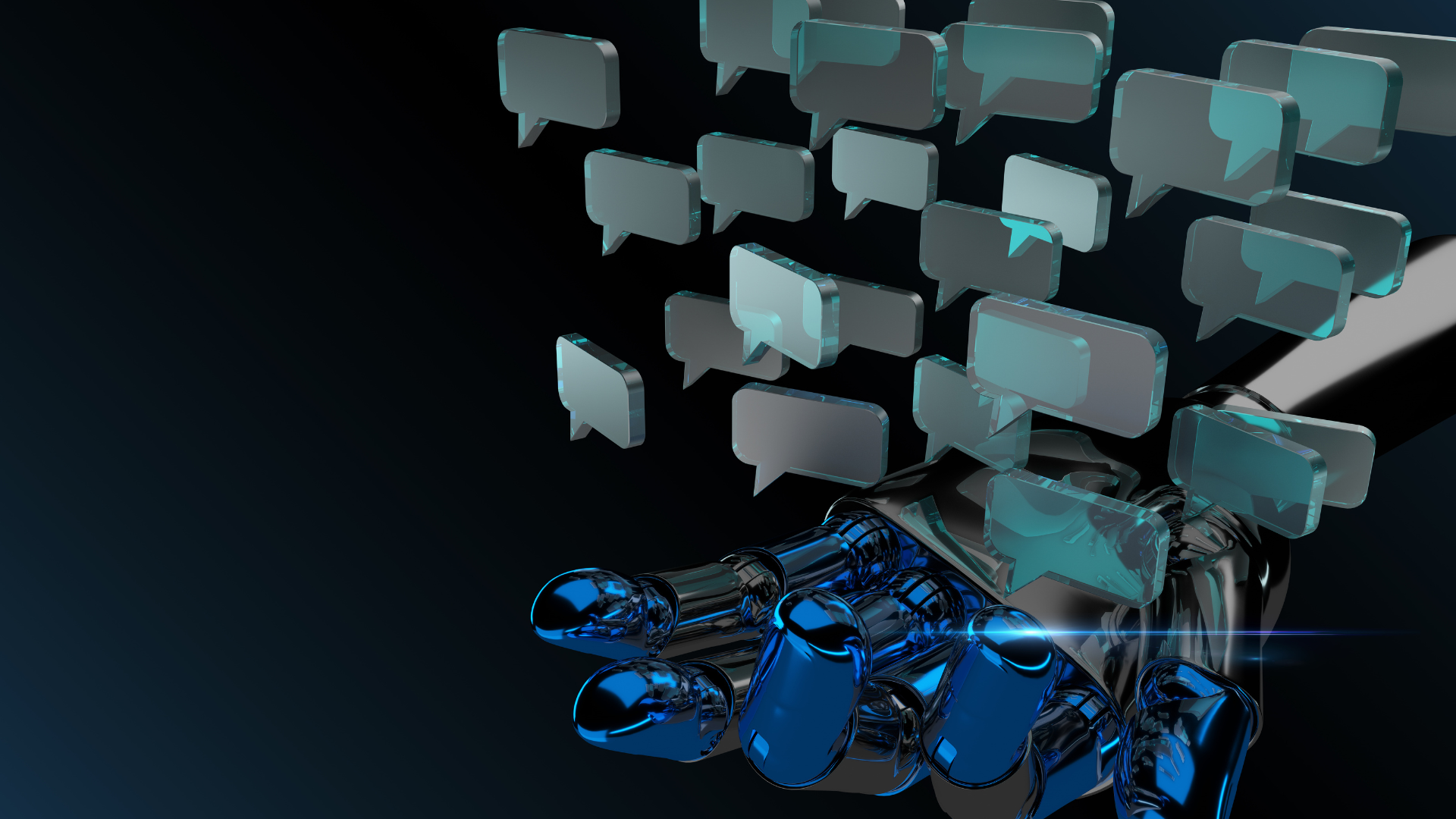AI has become nearly a household term. Its influence has seeped into multiple areas of our lives, promising direct benefits: significantly reducing errors in daily work, increasing accuracy and precision, and giving us freedom from repetitive tasks. Let’s take a look at how AI can play a supporting role in a CTI analyst’s work life, by examining the two major sides of AI.
AI in a Nutshell
Any AI technology you come across has two primary parts: an extensive and robust data set, and an iterative, intelligent processing algorithm. Frequently, either the data set or the algorithm gets tweaked and then tested to see how developed the AI has become. When the creators are happy with the technology’s sophistication, it’s released to the public.
Side 1: Generative AI
In recent months, the hottest AI technology topic has been ChatGPT, a form of generative AI. It’s produced controversial—and sometimes extremely impressive content that’s made news. Heard about the cat rap? Or the link to plagiarism of schoolwork? There are countless other examples.
After ChatGPT’s chatbot launch, we saw our own prompts (the input data) used to produce a rapid but very well-scripted answer. The result aligned with what we had requested, because its model was cultivated to respond with informative, grammatically sound answers.
Side 2: Deductive AI
Elemendar’s own form of AI, READ., is what we’re calling a deductive form (not an official term, but it works well here). READ.’s AI model has a bigger topical focus than some AI tools, on CTI. The model is trained to understand the written nuances of the subject matter. So, it can provide the analyst with the CTI essentials they need from blogs, articles and whitepapers: domain objects involved in a cyber attack and the relationships among them.
Here’s a short summary of both sides of CTI, with READ. and ChatGPT as examples:

As a CTI Analyst, Which Side Is Handiest?
Before deciding the answer to that question, first consider what your needs are and for which tasks you might use AI. From our CTI analyst perspective, we’d add another row to the table…

Even with the added row, the table isn’t exhaustive; you might add other considerations that are more applicable to integrating AI into your day-to-day life.
Fundamentally, with CTI or any other topic, the human subject matter expert is still the puppeteer of the AI. Making the technology learn what you need it to do depends on the expertise and time you put into it. Only then will you reap those alluring benefits: fewer errors, sharper accuracy, and a release from those repetitive tasks eating up valuable hours of your day.








